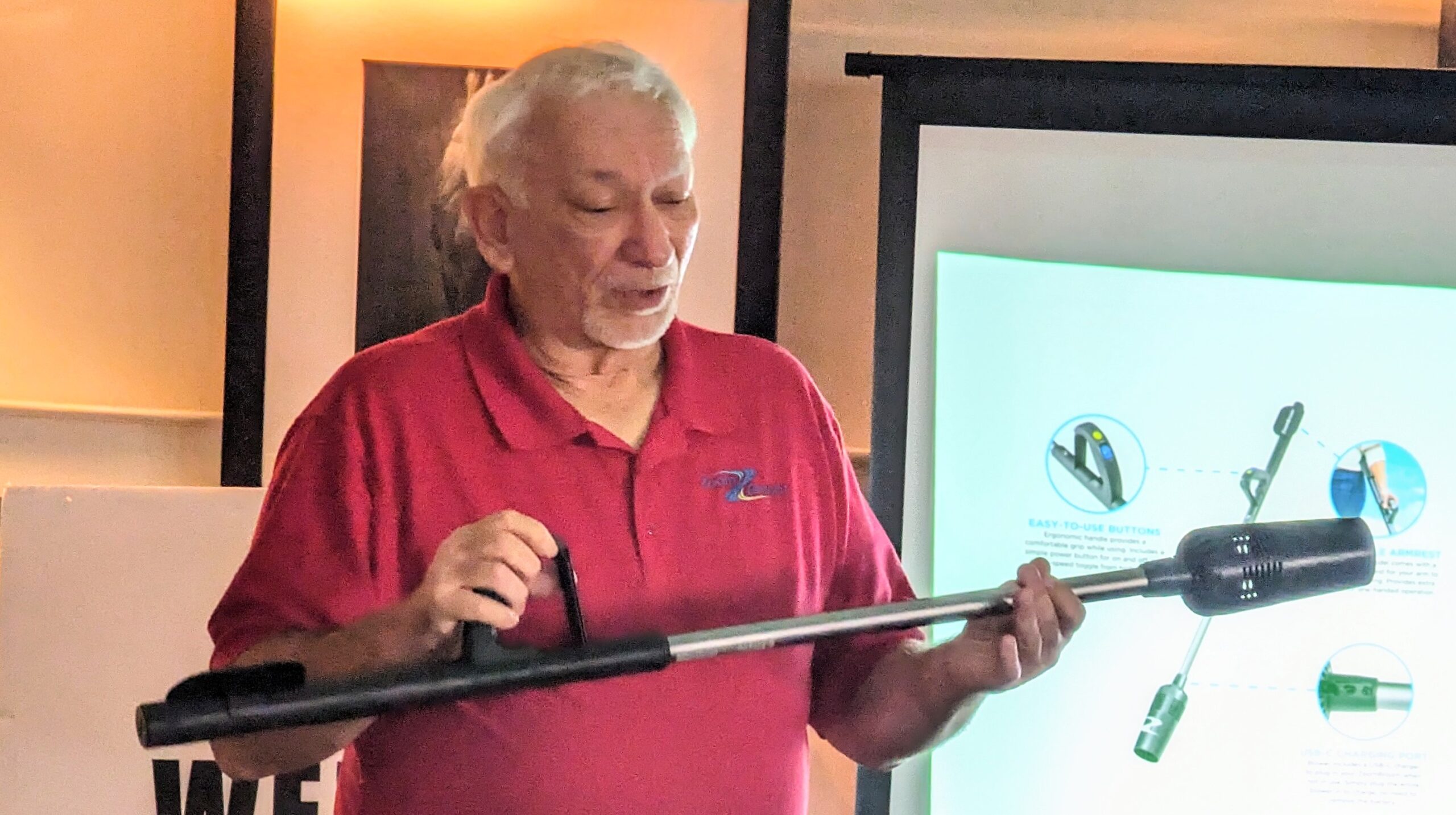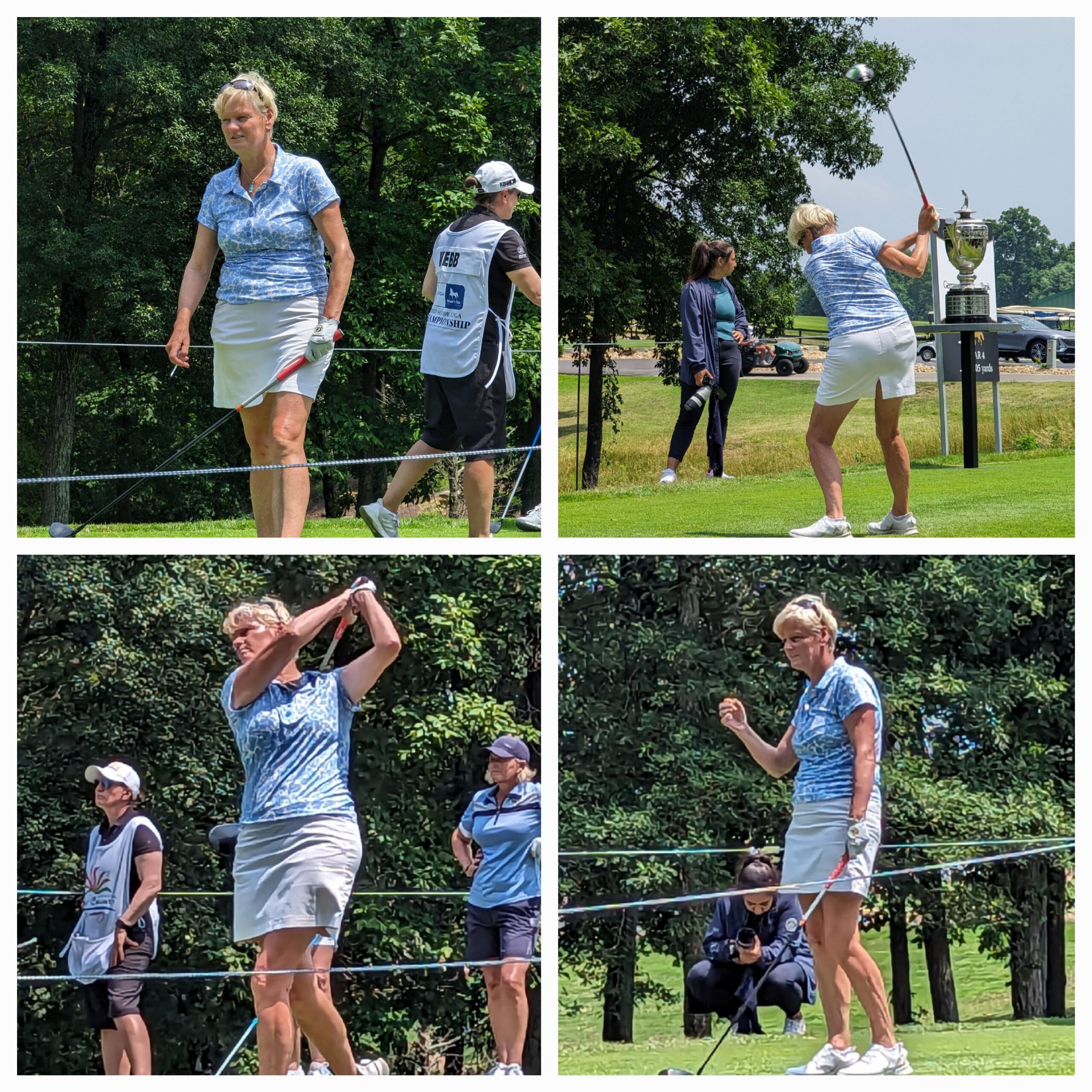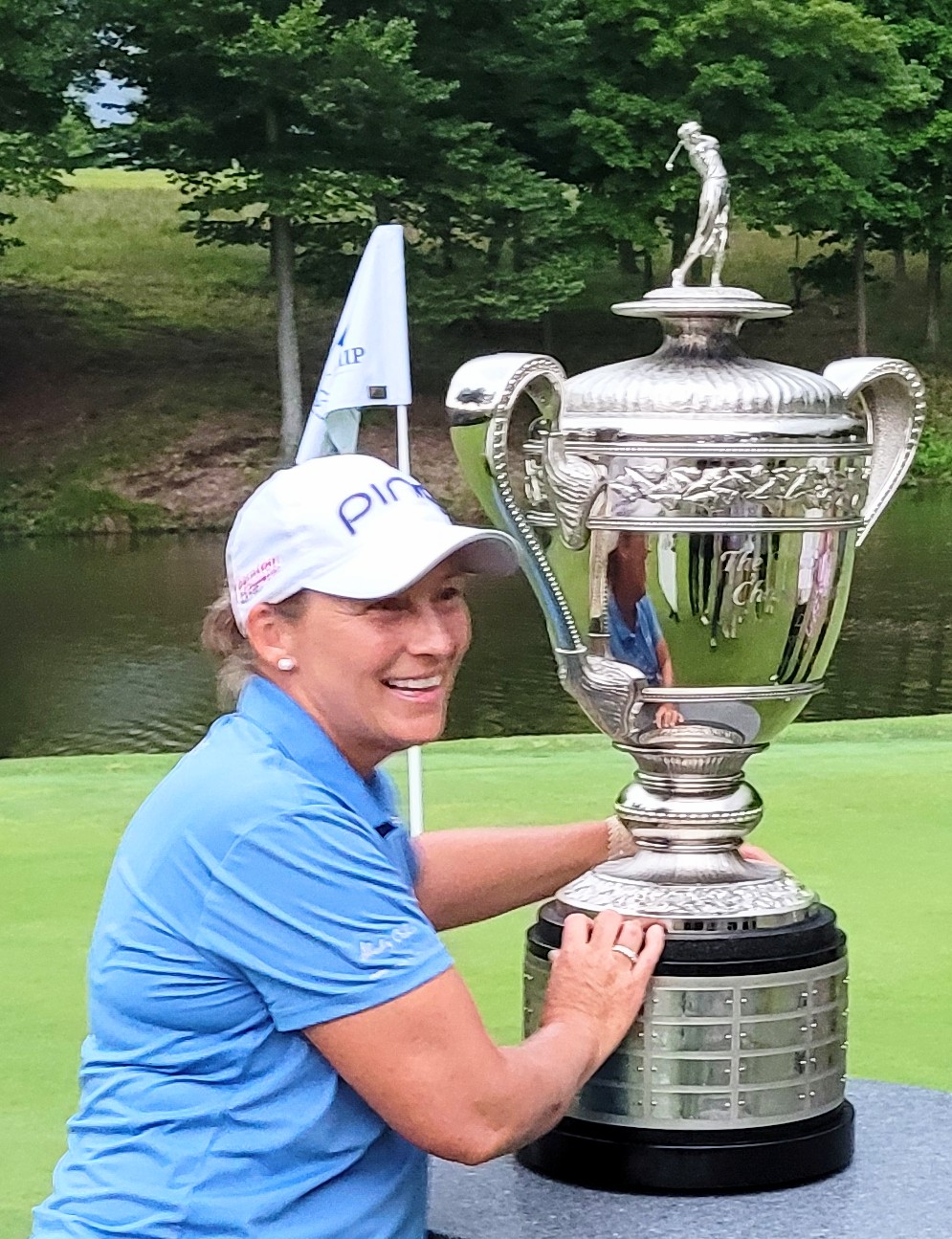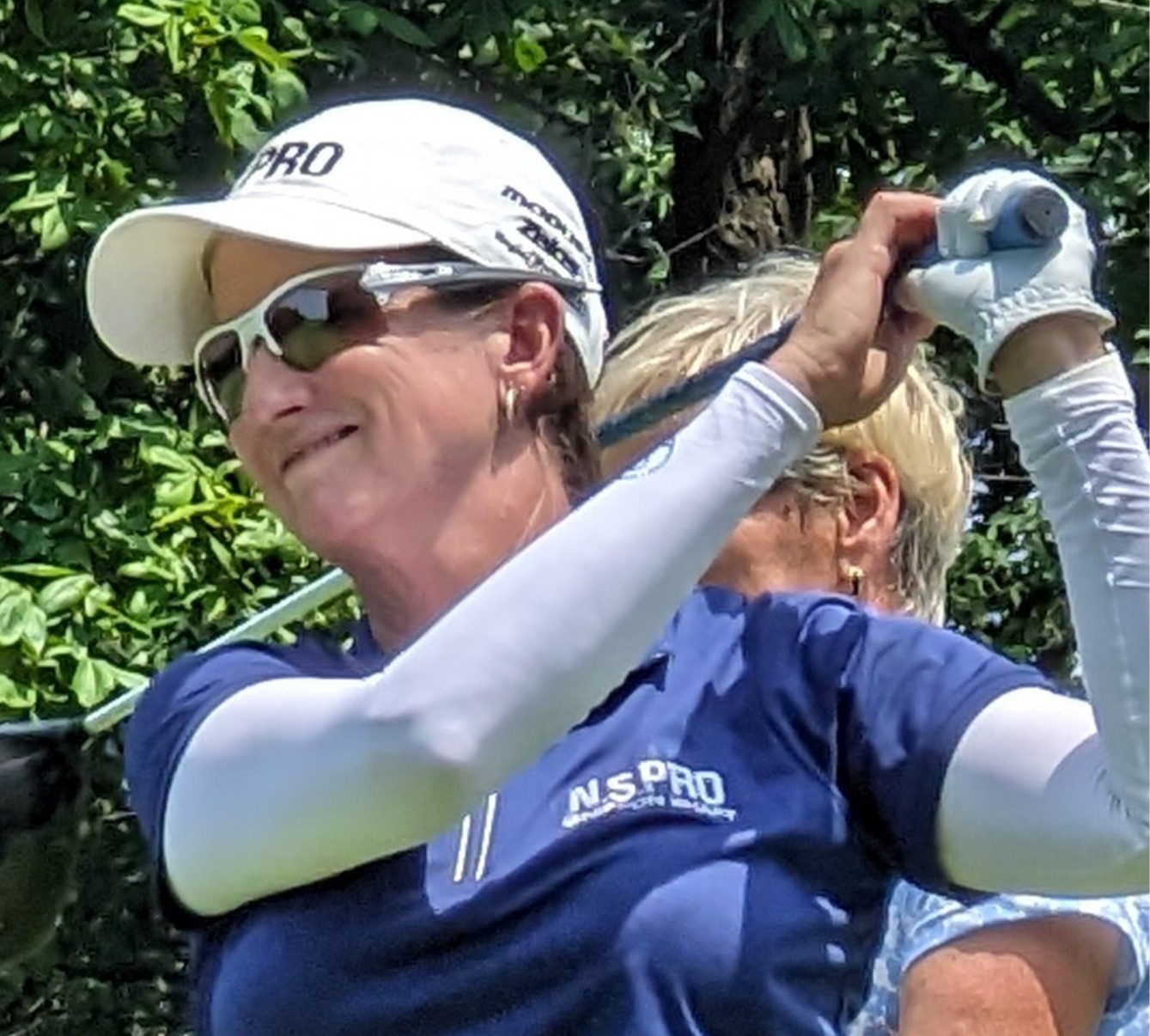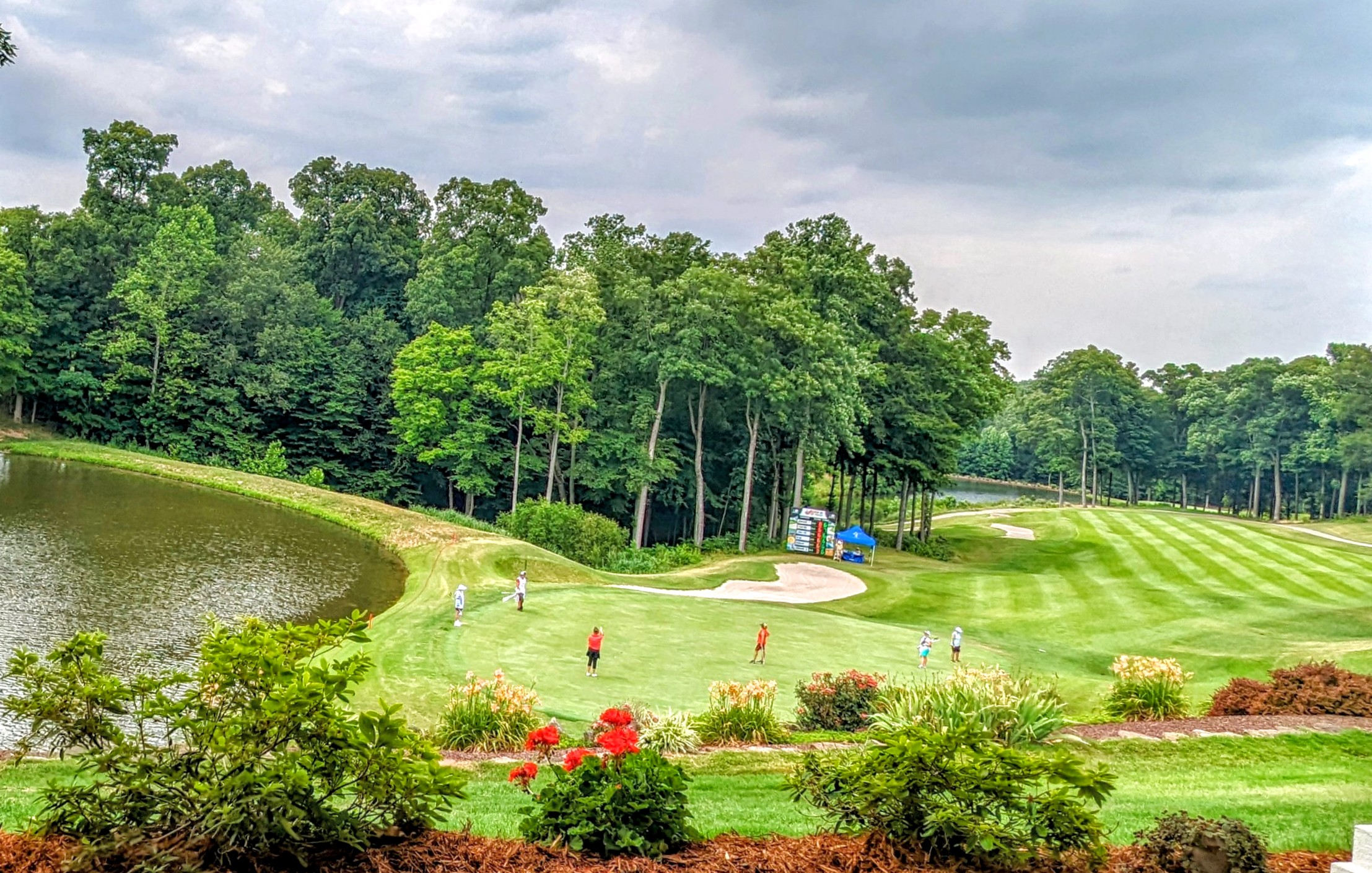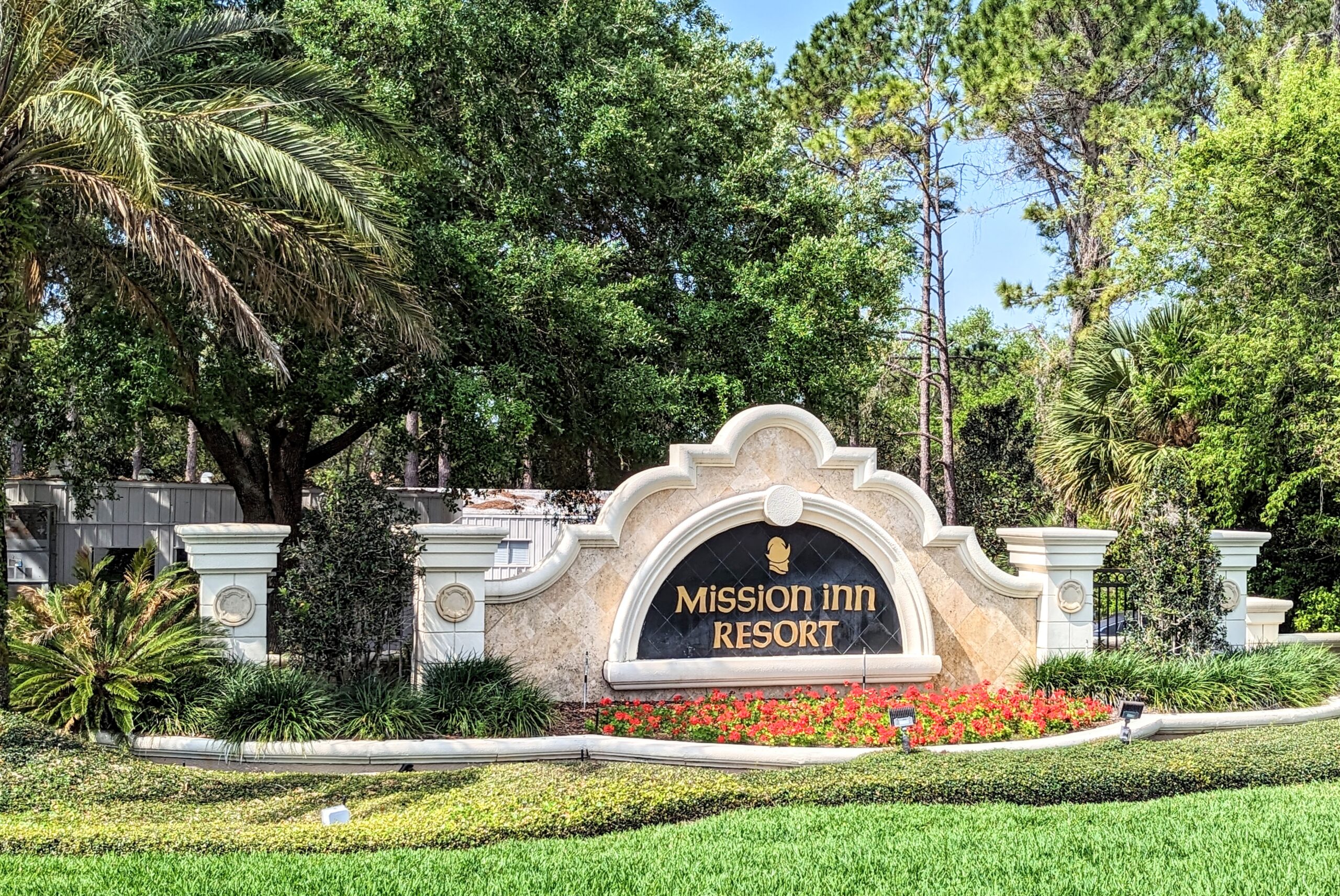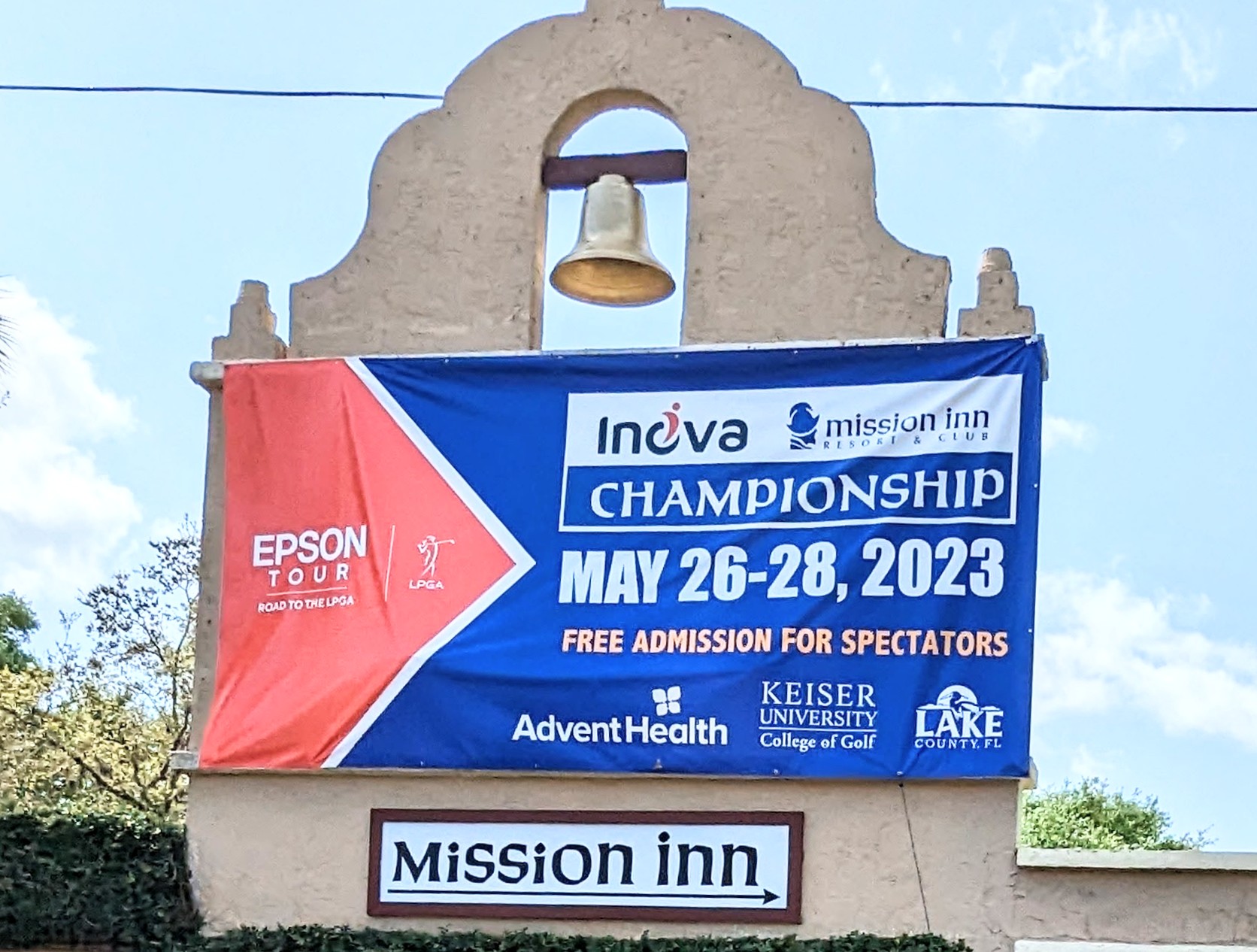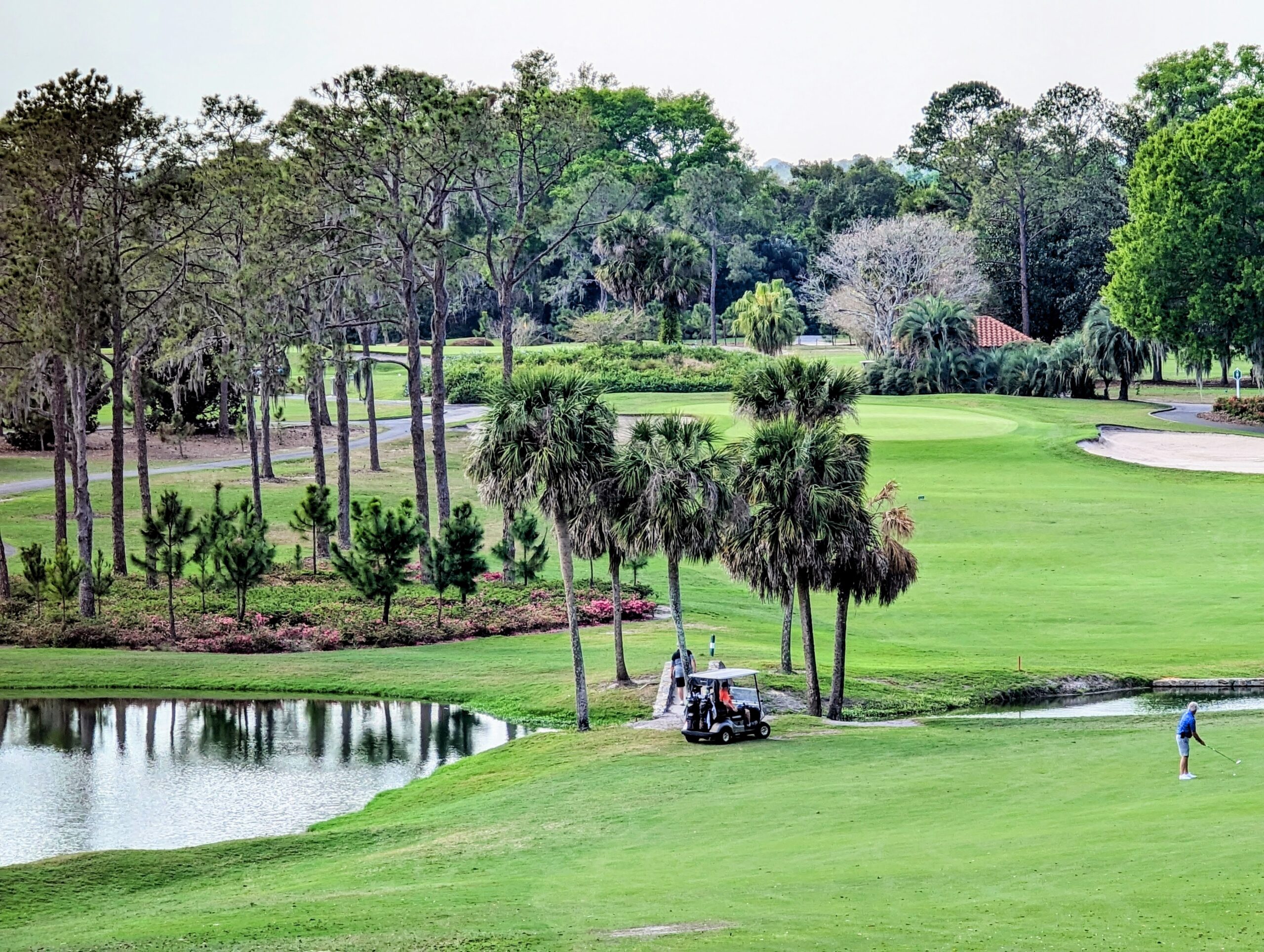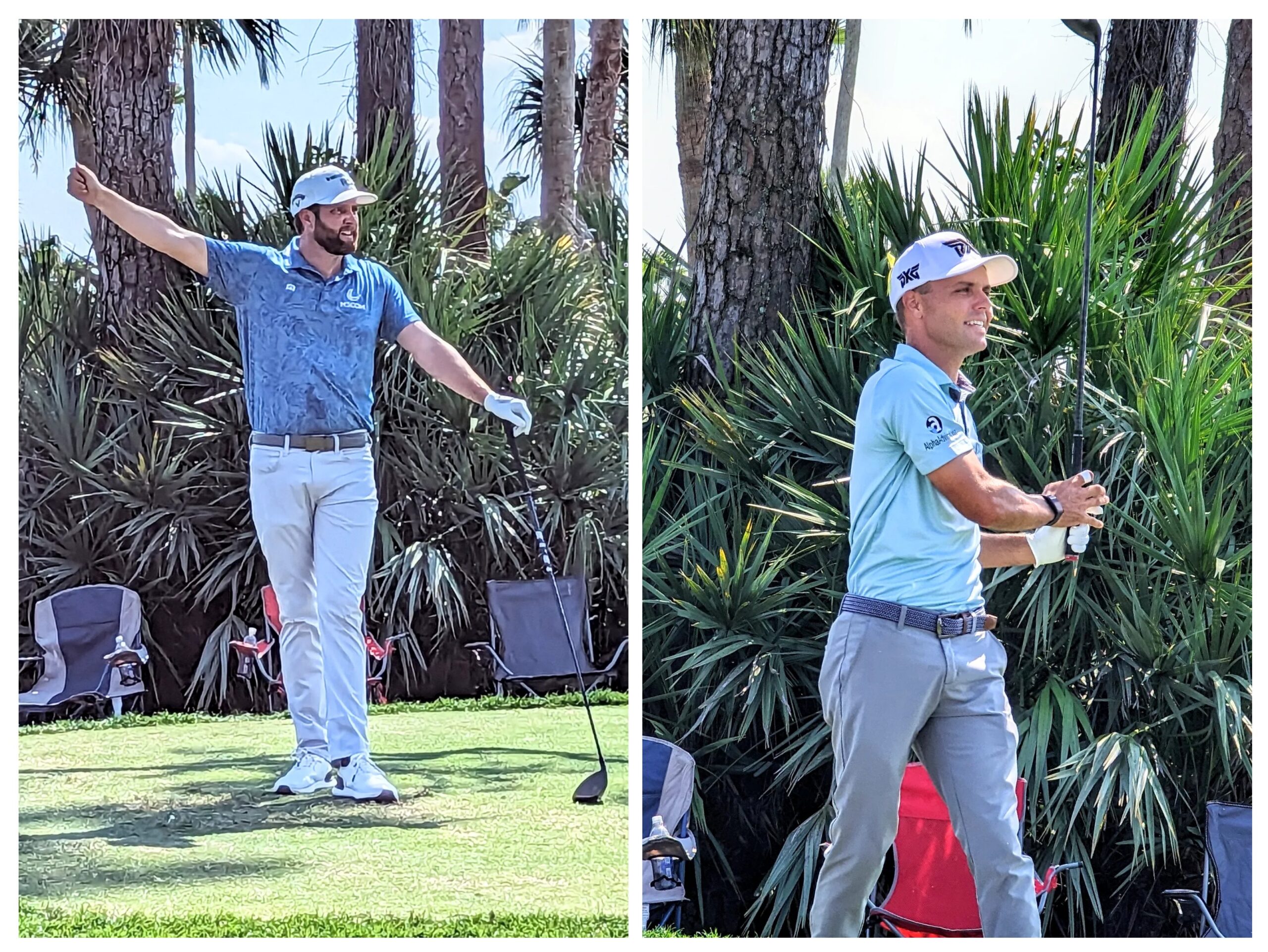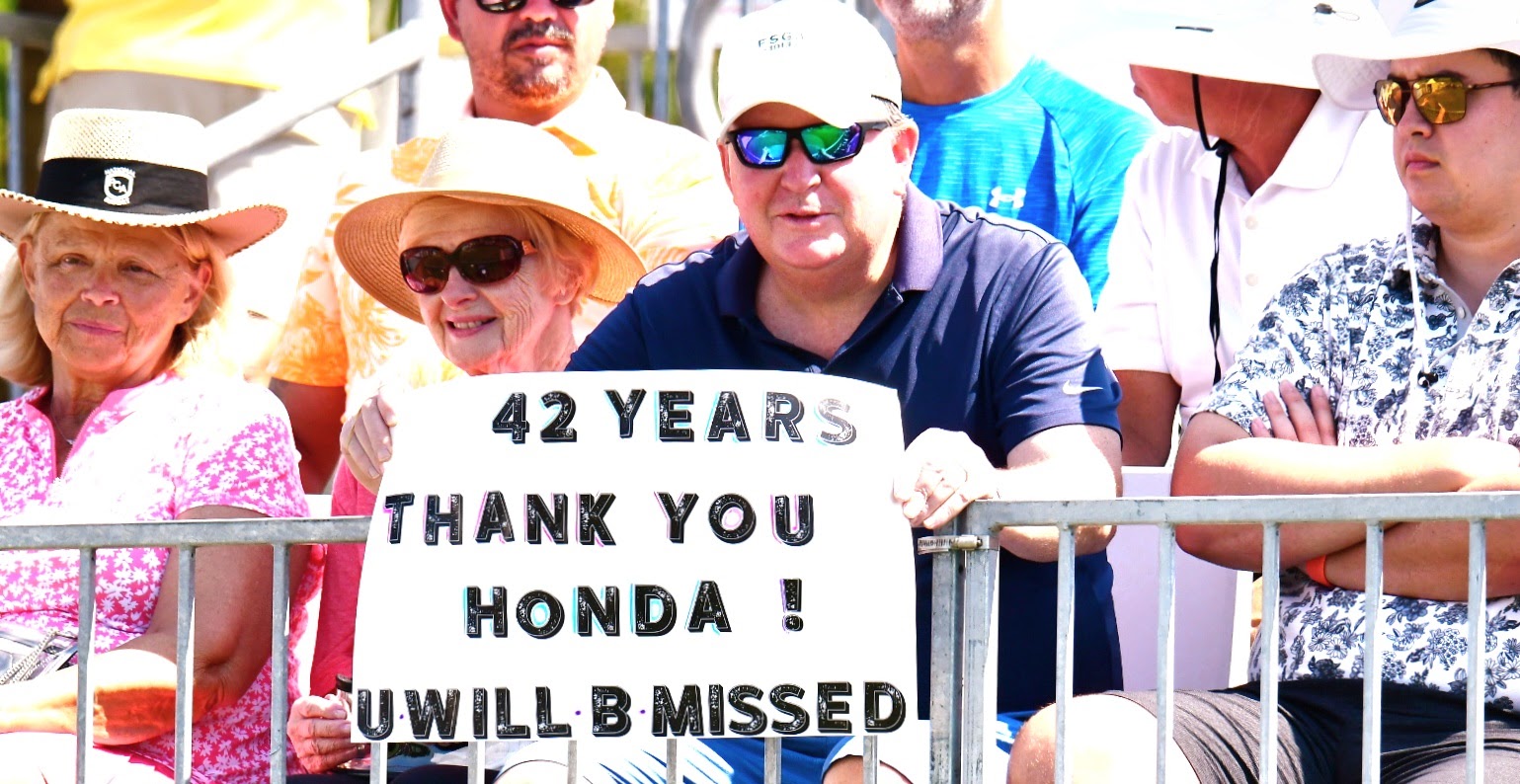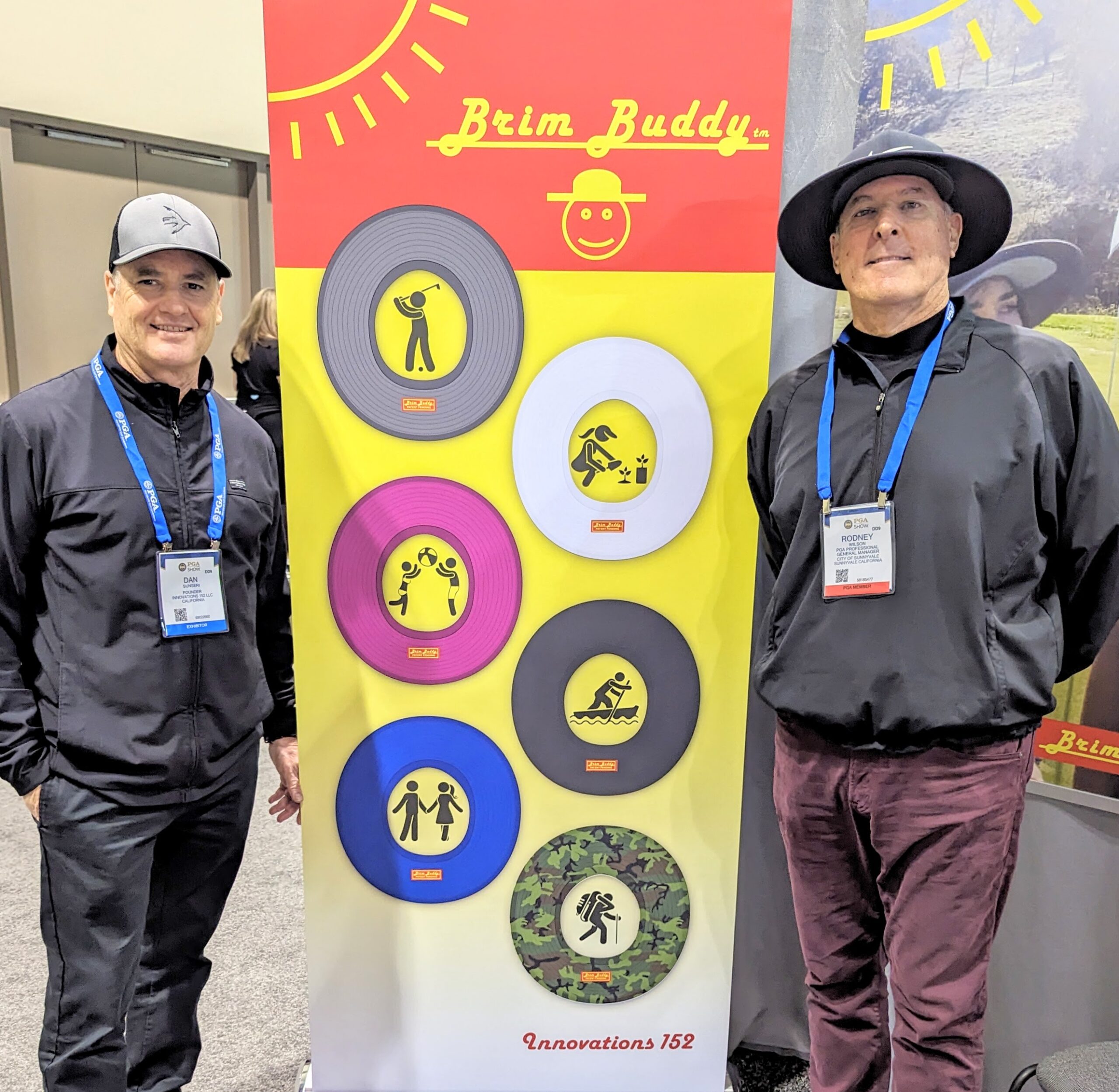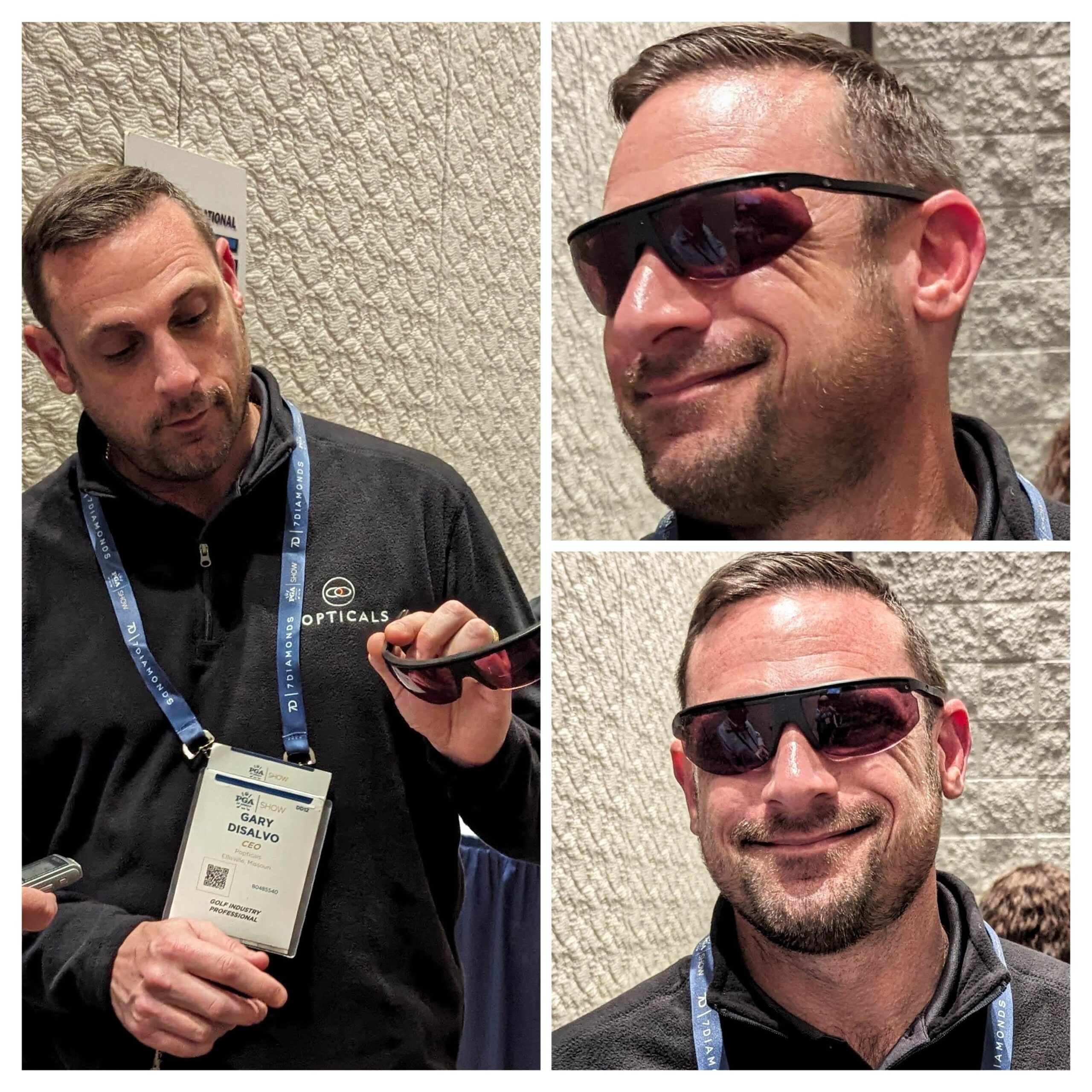
ORLANDO, FL. – Every year it’s the same thing – only different.
 The 71st PGA Show again showcased the newest of the new in golf gear and attire. There were more than 1,000 companies and brands to entice the approximately 30,000 industry members who gathered at Orange County National Golf Center, for the traditional Demo Day, and the Orange County Convention Center for three days of indoor browsing.
The 71st PGA Show again showcased the newest of the new in golf gear and attire. There were more than 1,000 companies and brands to entice the approximately 30,000 industry members who gathered at Orange County National Golf Center, for the traditional Demo Day, and the Orange County Convention Center for three days of indoor browsing.
This massive gathering began with merchandisers showing their wares from the trunks of cars in 1954 and grew into one that had representatives from 84 countries and all 50 states this year. More than 7,000 PGA professionals attended this year’s gathering, and they’ll be bringing much of what they saw to their shops and stores back home.
That should intrigue the reported 41.1 million Americans who play golf and create a $22.6 billion total economic impact in America.
It’s not easy to wade through the lines of exhibits at the OCCC, where each day began with traffic nightmares for attendees trying to find parking spots. It was all worthwhile once they got inside, however. The products were diverse and – in most cases – worthwhile additions to American golf consumers.
Enough said for the scene-setting. Let’s get to the good stuff, and there was a lot of that. Interestingly much of it was brand new to the show, and organizers made a well-received change in how the newbies were displayed. The New Products section was expanded and easier to walk through. It was a busy place and included some items judged – by me at least – as the most interesting at the overall show.
Whether they work is up to the golfers who try them. Golf’s an individual sport and some things work better for some than others. We stayed clear of the major equipment companies for this report because they have their own promotional styles, but these are worthy of your attention, too.
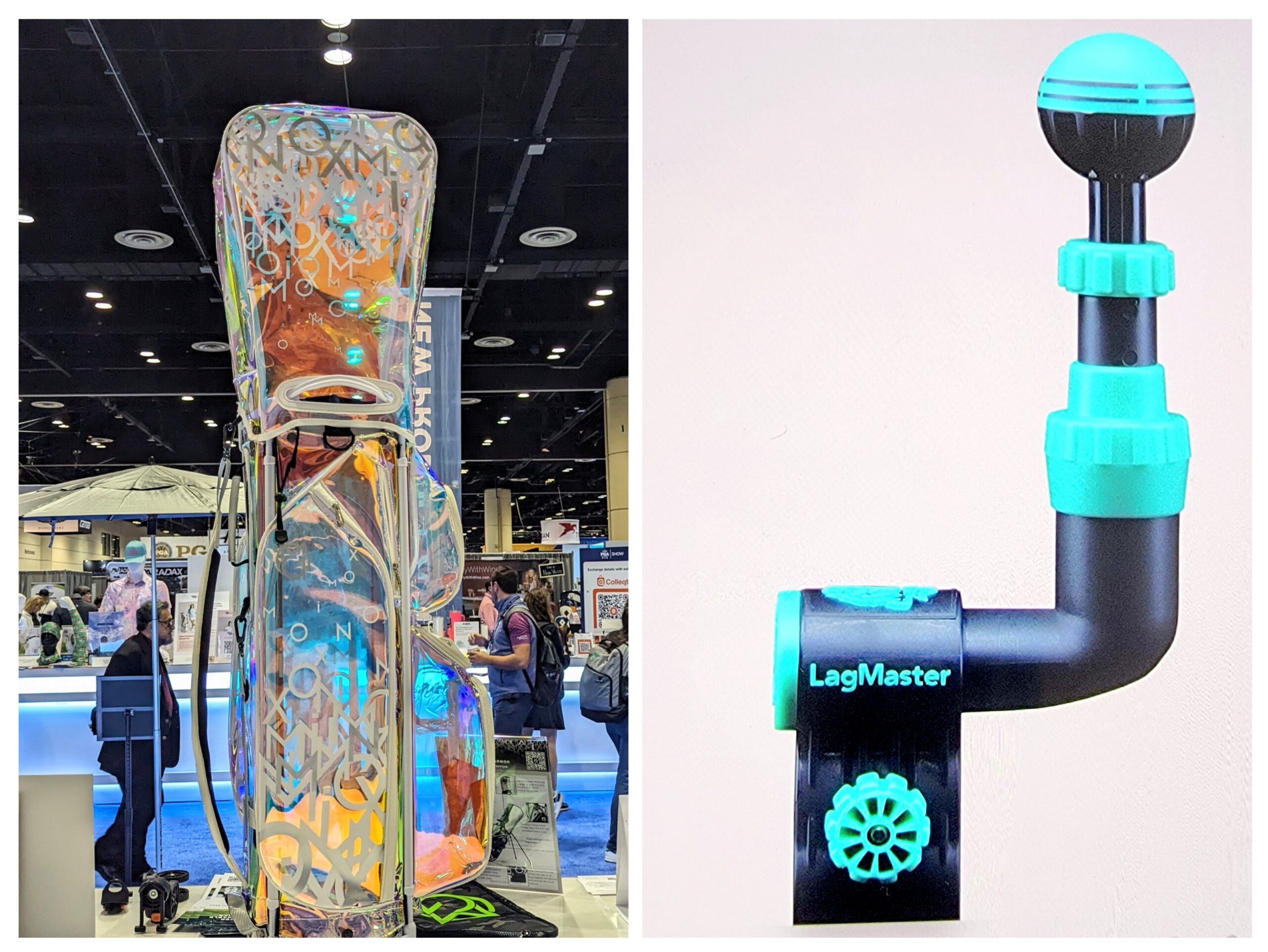
MY MOST INTERESTING PGA SHOW PRODUCTS
1, POPTICALS – This is a sunglass company with its products hand-made in Italy. What’s intriguing here is that the company makes sunglasses designed specifically for various sports and needs.
“Our most popular is our golf line,’’ said Gary DiSalvo, chief executive officer for the company’s headquarters in Ellisville, Mo. “These glasses are specifically made for golf. ”
The violet-tinted lens accentuate the contour of the greens on the course.
DiSalvo says the difference in viewing will be immediate.
“As soon as you put on a pair on a golf course you’ll notice something different. You’ll see different shades of green and that’ll help in putting,’’ he said. “You’ll be able to tell the levels of the green and whether your putt is uphill or downhill. The second you put these glasses on they’ll show miniscule differences in the grass — the elevation changes and where the break in your putt might be.’’
The golf sunglasses, listed on the Popticals website at $143, are collapsible for storage. Dr. Craig Farnsworth, “The Putt Doctor,” endorsed the product, and he works with the likes Dustin Johnson and Nick Faldo.
2, PERFECT HANDS GOLF – Training devices abound at all PGA Shows, but this one was billed as “the world’s first ever swing and strength trainer.’’ It’s equipped with a belt, four accleration bands that come in 10-, 20-, 30- and 40-pound increments, gloves for both hands and a carry case.
If used as suggested, this device is said to help a player both get his swing on plane and increase his strength and range of motion. In short, Perfect Hands can develop proper technique and increase swing speed. The listed website price is $199.99.

3, WHEEL PRO STRIDE – This electric bag trolley, is the newest innovation by Chicago-based Zero Friction, one of the most active creators of new golf products in recent years. The Stride is an offshoot of the Wheel Pro, which was part of the 2023 show, and the Stride was a winner in the International Network of Golf’s Industry Honors at this year’s show.
The Stride’s 35-pound bag has a pocket-sized remote control that uses Smart Technology to follow within three feet of the golfer. It’s a versatile product, though, as you can push it, carry it or put it on a cart.
It comes with an umbrella holder, a cooler that can hold up to six cans or bottles, two invisible magnets to secure a rangefinder or Bluetooth speaker and a built-in USB port. Its price at the PGA Show was $2,499.
4, OMNIX BAGS – This company specializes in customizing bags, and some of its creations were the most eye-catching items at the show. They had an interchangeable outer shell, seven multiple pockets, 14-way club dividers – and, most importantly, a distinctive appearance. The company calls it “revolutionary’’ with its combination of advanced technology, functionality and edgy style.
The models that caught my eye the most were mostly in the company’s Rainbow Series. The Black Vodka and Sex on the Beach models in that series are both priced at $540.
“Omnix bags will illuminate the course and feed free spirits,’’ according to the company’s website. No argument there.

5, ZIGIT BEER AND DRINK DISPENSER – This one could be controversial because it might involve dispensing alcoholic beverages on golf courses. The Phoenix-based company has it in operation at, among other places, the American Airlines Center in Dallas and wants to make inroads into the golf community
“We’re targeting golfers because they could use it year-around,’’ said Zigit’s Chris Hurry.
Zigits can serve beverages on the course, but the choice of which ones is up to the course owners. They’ll decide what beverages are offered, but Zigit has technology that can screen out under-age buyers and limit the alcoholic daily intake of others.
6, RIMAC BALL TESTER – Golfers want to know the compression of their golf balls to ensure they’re all the same. This machine, patterned after one used in the auto industry starting in 1930, can do this.
Rimac isn’t just a clever tool. It reveals the precise compression of each ball far beyond the vague labels like “firm,’’ “soft,’’ “softer’’ or “soft feel.’’
Understanding compression enables golfers to select balls more knowledgeably and find the best-suited ball for their style of play. The company’s website lists the price at $1,495.
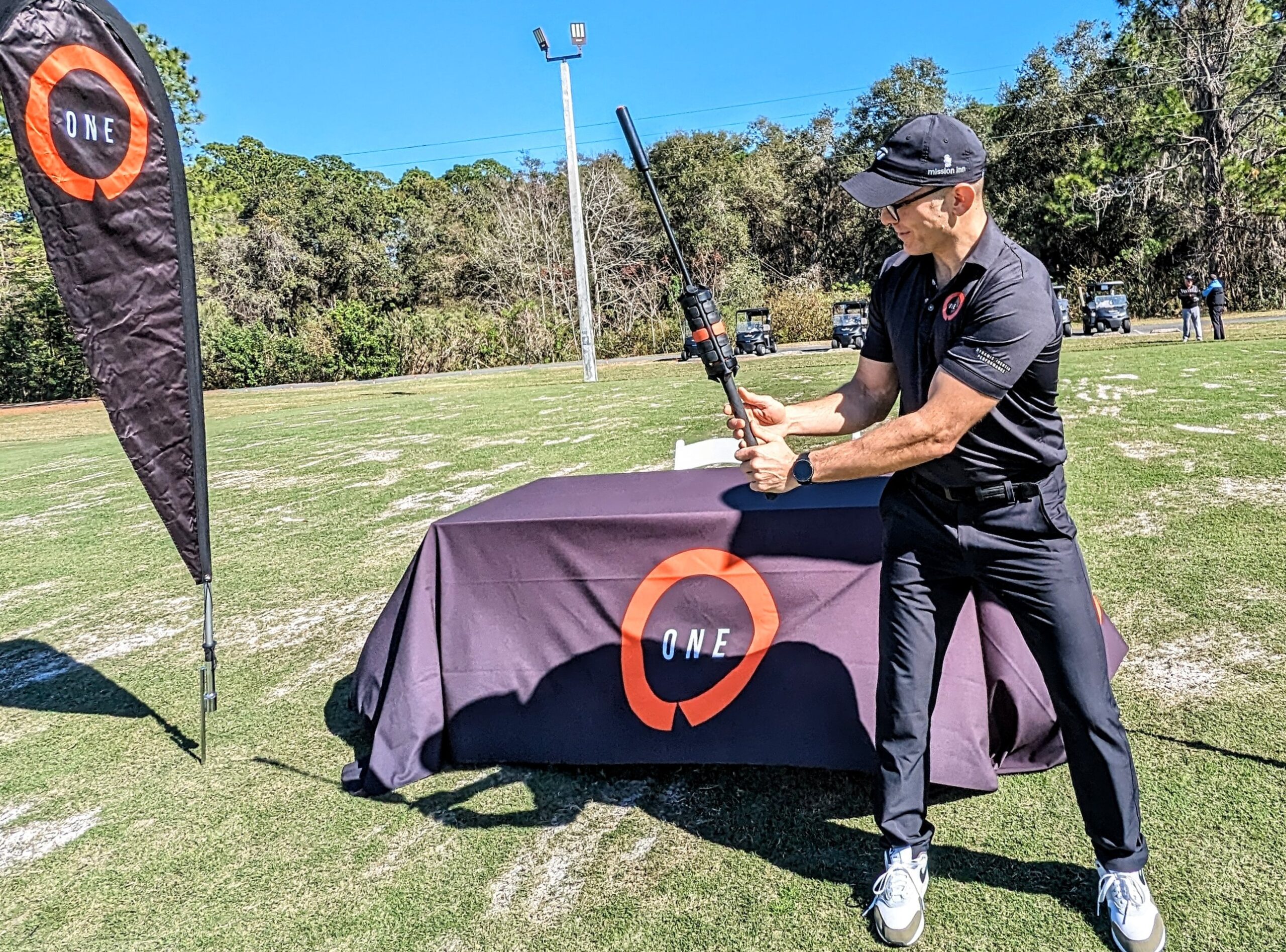
7, ONE CLUB TRAINING DEVICE – This One is engineered to enhance a golfer’s swing mechanics and engrains the correct neuromuscular paths for swing consistency. Thanks to technology it provides instantaneous tactile, audible and sensory feedback.
Alcide Deschesnes, a Canadian-born mechanical engineer, was an outstanding athlete in multiple sports. He developed the One Club and sells it with a training guide designed to increase golfers’ swing speeds.
“It’s more than a weighted club,’’ said Deschesnes. “It combines the principles of dynamic inertia resistance with instant feedback and can be used as an exercise tool.’’ It retails for $197.98.
8, TOWELTAG – A Canadian company, TowelTag manufactures popular golf towels, I have two versions on my bags, one customizes a radio show and the other a golf organization. The company’s product that intrigues me this year is a ball marker that can help golfers draw straight lines on their balls for identification purposes but is more valuable after play begins.
“It can be used as an alignment tool,’’ said Craig Holub, who labels himself as TowelTag’s “founder and visionary.’’
The ball marker comes with a dial that can help line up putts, be it on the putting green before a round or on the course. Listed price at the PGA Show was $19.99.
9, LAGMASTER – Another training aid, this one looks like the drain pipe under your kitchen sink. Mike Dickson is the founder and believes it can accomplish big things for golfers who use it.
The Lagmaster is said to “teach movement that gets the body, arms, hands and club synced correctly and trains the power swing, weight shift, sequence, low point and finish.’’
And, according to promotional material, “it keeps it simple.’’ You’ve got to see it and use it to believe it. Cost is $119.99.
10, ZOOM BREEZE – This product is the golf version of the Zoom Broom — a name that I love because it has a nice ring to it. It’s also fun to use. On a windy day it can be a ball-saver. Turn the battery-powered gadget on, and the leaves get out of your way.
It weighs only two pounds, fits in a golf bag and the sound it makes – according to creator Randy Kuckuck – isn’t a negative.“In a room it’s a little noisy, but on a wide open course it isn’t bad,’’ Kuckuck said.
Kuckuck, a Michigan State alum, got the idea for the Zoom Broom after a few of his rounds as a retiree were negatively impacted by too many leaves. The Zoom Broom can also be used around the house and is priced at $189. The golf-specific version is $179.
